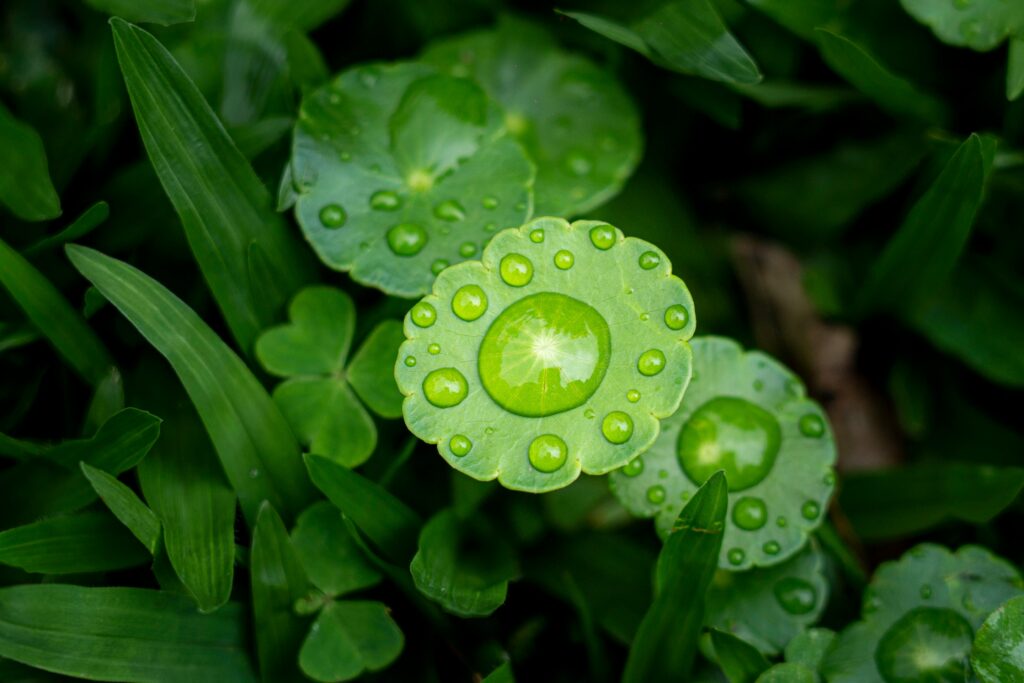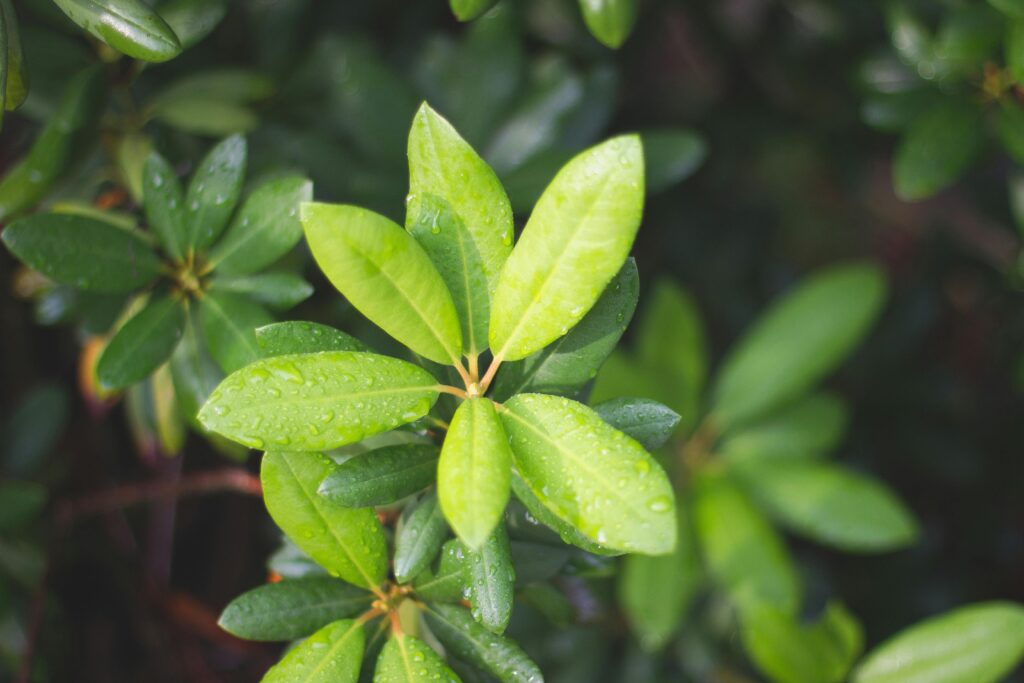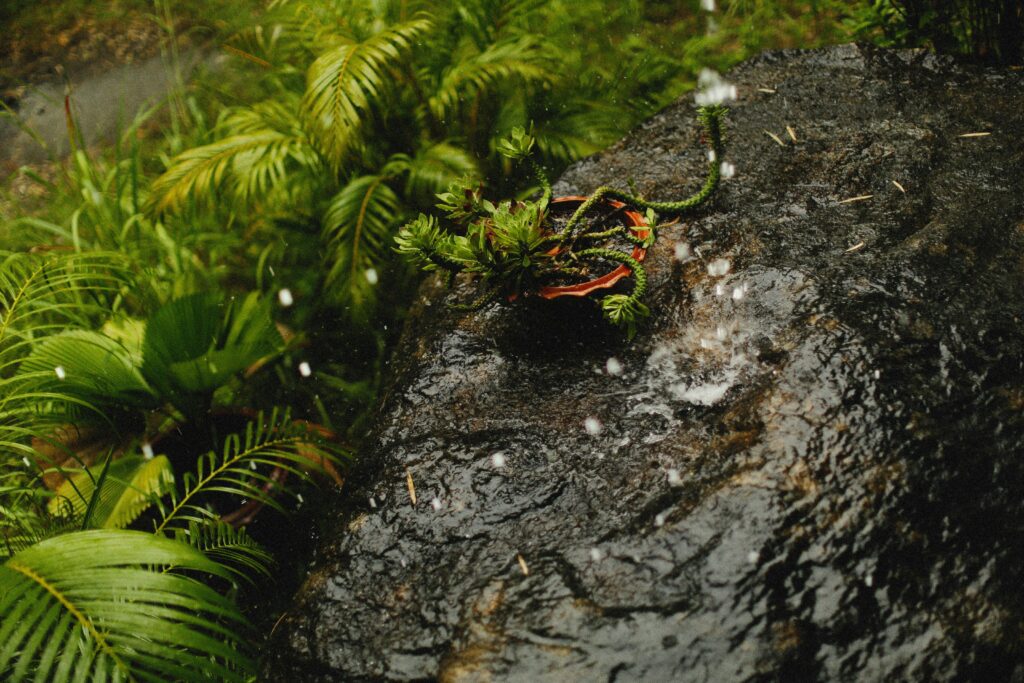Rain Garden Plants: The Essential Guide to Creating a Thriving Rain Garden

Did you know that rain gardens can reduce stormwater runoff by up to 90% in residential areas? Rain gardens are not just beautiful additions to your landscape—they’re eco-friendly powerhouses that help absorb and filter rainwater, reducing flooding and water pollution. In this guide, you’ll learn how to select the best rain garden plants and design a lush, sustainable garden that benefits both your home and the environment.
What is a Rain Garden?
A rain garden is a shallow, planted basin designed to capture and absorb rainwater runoff from roofs, driveways, and other impervious surfaces. By planting specific rain garden plants that thrive in fluctuating moisture conditions, a rain garden acts as a natural filter, reducing pollutants before they reach our waterways.
Benefits of Rain Gardens:
- Environmental Impact: Rain gardens minimize stormwater runoff, reduce erosion, and filter pollutants.
- Wildlife Habitat: Native plants in rain gardens attract beneficial pollinators like bees and butterflies.
- Aesthetic Appeal: These gardens add a beautiful, natural element to any landscape.
Selecting the Right Plants for Your Rain Garden
Choosing the right rain garden plants is key to creating a thriving, low-maintenance ecosystem. Here are some considerations to keep in mind.
Native Plants
Using native plants in rain gardens is beneficial for several reasons:
- Adapted to Local Climate: Native plants are already adapted to your region’s climate and soil.
- Less Maintenance: They require less water, fertilizers, and pesticides.
- Biodiversity Support: Native plants support local wildlife and promote biodiversity.
Examples of Native Rain Garden Plants:
- Black-eyed Susan (Rudbeckia hirta): A cheerful, drought-tolerant flower that attracts pollinators.
- Joe-Pye Weed (Eutrochium purpureum): Known for its tall, fluffy purple blooms, it’s perfect for attracting butterflies.
- Cardinal Flower (Lobelia cardinalis): This vibrant red flower loves wet soils and is irresistible to hummingbirds.
Water Tolerance
Rain garden plants need to handle varying moisture levels. While some plants thrive in wet conditions, others prefer drier areas within the garden.
Examples of Water-Tolerant Plants:
- Swamp Milkweed (Asclepias incarnata): This moisture-loving plant supports pollinators and is highly attractive to monarch butterflies.
- Blue Flag Iris (Iris versicolor): With striking purple blooms, this plant thrives in wet soils and adds visual appeal.
- Marsh Marigold (Caltha palustris): A spring bloomer that prefers wet conditions, ideal for adding early-season color.
Plant Zones
In a rain garden, different zones support different types of plants based on their water needs:
- Wet Zone: Located at the lowest part of the garden, where water pools after rainfall. Suitable plants include Blue Flag Iris, Marsh Marigold, and Swamp Milkweed.
- Middle Zone: Experiences moderate moisture and is slightly higher than the wet zone. Ideal plants are Black-eyed Susan, Joe-Pye Weed, and Spiderwort.
- Dry Zone: Located at the upper edge, where the soil drains the fastest. Plants like New England Aster and Purple Coneflower thrive here.

Designing Your Rain Garden
A well-designed rain garden not only functions effectively but also adds beauty to your landscape.
Size and Shape
The size and shape of your rain garden will depend on the area of impermeable surfaces (like driveways or roofs) that drain into it, as well as your soil type and yard space. Consider the following:
- Location: Choose a spot at least 10 feet from your home’s foundation, with good sunlight.
- Soil Type: Conduct a soil test to determine drainage capacity. Sandy soils drain faster, while clay soils may require additional preparation.
Soil Preparation
Proper soil preparation is essential for the success of your rain garden plants. Here’s how to get your soil ready:
- Improve Drainage: In compact or clay-heavy soils, add compost or sand to improve permeability.
- Fertility: Add organic matter, such as compost, to enrich the soil and encourage plant growth.
Plant Layout
A well-planned layout maximizes both the function and visual appeal of your rain garden. Group plants with similar water and sunlight needs and consider layering plants of different heights and textures for an eye-catching design. Placing tall plants like Joe-Pye Weed toward the back and low-growing plants like Marsh Marigold toward the front helps create a balanced and layered look.

Maintenance Tips for a Healthy Rain Garden: Ensuring Your Rain Garden Plants Thrive
Your rain garden is designed to be a low-maintenance, sustainable landscape feature, but like any garden, it requires some care to stay vibrant and effective. Following these simple maintenance tips will help ensure your rain garden plants flourish, keeping the garden a beautiful and functional part of your yard.
Watering and Weeding
Watering:
While rain gardens are designed to capture natural rainfall, some young or newly planted rain garden plants may need extra water during dry periods or their initial growing stages.
- Newly Planted Gardens: Water regularly for the first few months to help roots establish. A deep watering once a week is ideal.
- Established Gardens: Established rain garden plants generally rely on rainwater. However, during long droughts, a good soaking once every few weeks will keep them healthy.
Weeding:
Weeding is essential in the first few years, as rain gardens are nutrient-rich areas that can attract invasive weeds.
- Routine Inspections: Check for weeds every 2-3 weeks, especially in spring and summer when weeds grow quickly.
- Mulching: Apply a 2-3 inch layer of mulch around your rain garden plants to suppress weed growth, retain soil moisture, and add organic matter as it decomposes.
Seasonal Care
A thriving rain garden benefits from seasonal upkeep to keep rain garden plants healthy through different weather conditions.
Spring Maintenance:
- Refresh Mulch: Replace or refresh the mulch layer as it decomposes over time.
- Soil Aeration: Loosen compacted soil to improve drainage and support root health.
- Plant Division: For large or spreading rain garden plants, consider dividing them to promote airflow and prevent overcrowding.
Summer Maintenance:
- Monitor Moisture: Summer can bring drought, so ensure rain garden plants are watered as needed.
- Prune: Trim back any overgrown plants to encourage new growth and allow better airflow.
Fall Maintenance:
- Remove Dead Foliage: Cut back spent blooms and dead leaves to prevent disease.
- Plant New Species: Fall is a great time to add new rain garden plants to help establish roots before winter.
Winter Maintenance:
- Minimal Intervention: Most rain garden plants will go dormant in winter, so simply let them rest. Leaving some dead stems can provide winter shelter for pollinators.
Pest and Disease Control
Although rain gardens are generally resilient, it’s still important to watch for pests or diseases that may affect rain garden plants.
Common Pests:
- Aphids: These tiny insects can be managed by introducing beneficial insects like ladybugs.
- Japanese Beetles: Handpick and remove them, or use traps strategically around your garden.
Common Diseases:
- Powdery Mildew: Ensure proper spacing between plants to improve airflow. Use organic fungicides if necessary.
- Root Rot: Overly wet soil can lead to root rot in some rain garden plants. Improve drainage by mixing in sand or compost to allow better water movement.


Case Studies and Success Stories
To inspire your own rain garden project, here are some real-life transformations and testimonials from homeowners who have embraced rain garden plants and enjoyed the benefits of sustainable landscaping.
Backyard Transformation with a Rain Garden
A small urban backyard went from a flood-prone area to a beautiful rain garden oasis. Before installation, stormwater runoff caused frequent puddling and erosion issues. After planting native rain garden plants like Swamp Milkweed, Blue Flag Iris, and Joe-Pye Weed, the garden became a lush habitat for pollinators and absorbed most of the rainfall. Today, the homeowners enjoy a vibrant garden that no longer suffers from flooding, and the space is alive with bees and butterflies.
Testimonial from a Homeowner with a Thriving Rain Garden
Mary, a homeowner who installed a rain garden three years ago, shared her success story. “Adding a rain garden with native plants has transformed my yard. Not only did it eliminate the soggy area near my driveway, but the plants have attracted so much wildlife. I love seeing the bees and hummingbirds come every day. It’s amazing to know that by choosing the right rain garden plants, I’m helping the environment and creating a beautiful space for my family.”
Conclusion
Creating and maintaining a rain garden is a rewarding way to enhance your landscape, support the environment, and foster a thriving habitat for local wildlife. From understanding the basics of rain garden plants and designing an effective layout, to keeping up with seasonal care and managing pests, each step is essential for a successful, sustainable rain garden.
By carefully choosing native, water-tolerant plants, and attending to your garden’s seasonal needs, you’ll create a low-maintenance space that naturally manages stormwater and adds year-round beauty to your yard. And as we’ve seen through real-life success stories, rain gardens not only solve drainage issues but also create vibrant, pollinator-friendly landscapes that benefit the ecosystem.
Ready to Get Started?
Whether you’re tackling a flood-prone area in your yard or simply looking to add a beautiful, eco-friendly feature to your landscape, now is the perfect time to start your own rain garden. We’d love to hear about your journey—share your experiences, transformations, and favorite rain garden plants to inspire others! Together, we can make a positive impact, one garden at a time.
